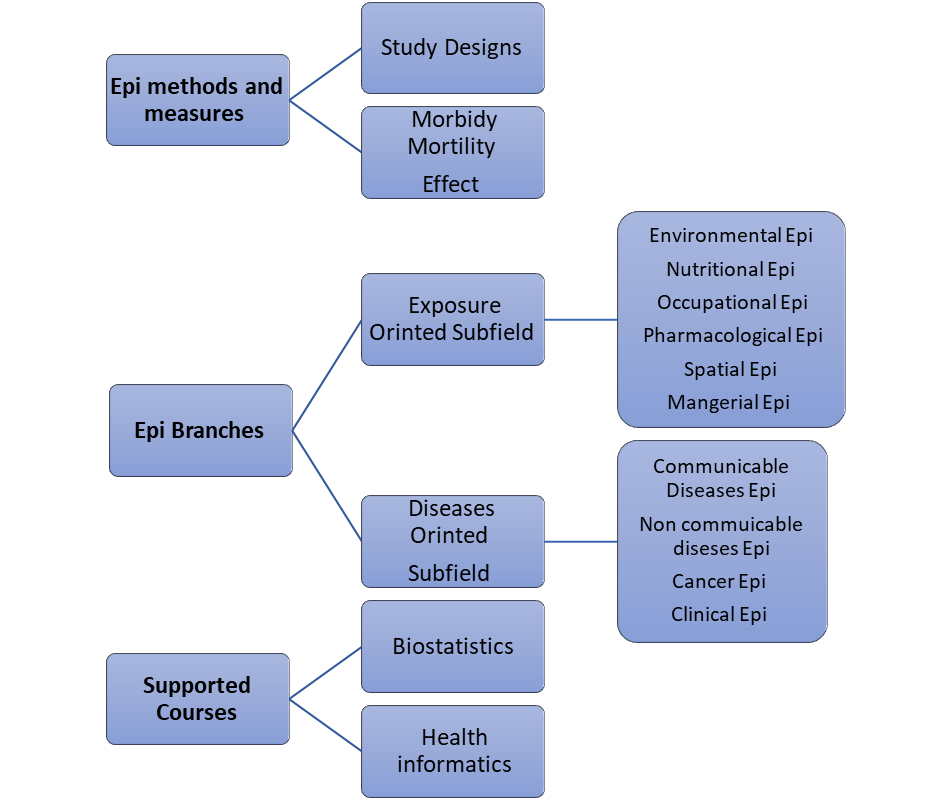International Journal of Epidemiology And Public Health Research
OPEN ACCESS | Volume 7 - Issue 5 - 2025
ISSN No: 2836-2810 | Journal DOI: 10.61148/2836-2810/IJEPHR
Naeima Houssein
Assistant Professor at the Department of Epidemiology, Faculty of Public Health, University of Benghazi, Libya, https://orcid.org/0000-0002-5767-0879, naeima.houssein@uob.edu.ly
*Corresponding author: Naeima Houssein, Assistant Professor at the Department of Epidemiology, Faculty of Public Health, University of Benghazi, Libya.
Received: April 27, 2025
Accepted: May 03, 2025
Published: May 07, 2025
Citation: Naeima Houssein. (2025) “Epidemiology Education”. International Journal of Epidemiology and Public Health Research, 6(3); DOI: 10.61148/2836- 2810/IJEPHR/123.
Copyright: © 2025. Naeima Houssein. This is an open access article distributed under the Creative Commons Attribution License, which permits unrestricted use, distribution, and reproduction in any medium, provided the original work is properly cited., provided the original work is properly cited.
Public health sectors over the word are facing substantial health challenges every day. Epidemiology is the basic science of public health and preventive medicine. There is a crucial need to develop education and training programs in epidemiology to meet the professional gap in health fields and address real-world public health problems. By revising a number of existing undergraduate programs in epidemiology in the world, an overlap observed in some courses related to the core public health courses and epidemiology. Effective epidemiology education programs are based on building knowledge on core competences for epidemiology as three sections including, epidemiologic methods and measures, branches of epidemiology, and supported courses. Clear classification of courses either in undergraduate or postgraduate level can enhance curriculum design. In addition, different teaching approaches and ongoing evaluation of the program are highly recommended. Therefore, effective epidemiology education programs require a carefully designed curriculum that integrates epidemiologic methodology and measures and their applications in different branches of epidemiology supported by biostatistics and health informatic skills.
Introduction
Epidemiology is the basic science of public health and preventive medicine. It defined as study of the distribution and determinants of and health-related states among specified populations and the application of that study to the control of health problems1. Public Health is the science and art of preventing disease, prolonging life and promoting health through the organized efforts of society2. Accordingly, the ultimate aim of epidemiology is prevention of diseases and promotion of health. To achieve this aim, its focus on four areas including disease causation, natural history of diseases, health status of population and evaluation of intervention. According to the epidemiologic assumption, human disease does not occur at random, there are patterns of occurrence in which some behavioral and environmental factors (exposures) increase the risk of acquiring or developing a particular disease among group of individuals. Additionally, human disease has causal and preventive factors these factors can be identified through systematic investigation of populations or group of individuals within a population in different places or at different times. Therefore, the epidemiological approach is based on asking questions and making comparisons. Epidemiologists study health phenomena and disease patterns within populations to determine risk profiles and potential health-improvement targets. More importantly, they collaborate with other health care workers to implement population-level, health-related interventions1.
Epidemiology Education
Public health sectors over the word are facing substantial health challenges every day. There is a crucial need to develop education and training programs in epidemiology to meet the professional gap in health fields and address real-world public health problems. By revising a number of existing undergraduate programs in epidemiology in the world, an overlap observed in some courses related to the core public health courses and epidemiology. Figure 1 blew presents a proposed conceptional framework of curriculum design for undergraduate epidemiology education.

Figure 1: A conceptional framework of curriculum design for epidemiology education
The importance of each discipline in epidemiology curriculum is widely described elsewhere3,4,5. However, there is still overlap in most schools on how these courses are classified and organized for better learning outcomes. In my opinion, effective epidemiology education programs are based on building knowledge on core competences for epidemiology as three sections. First, the studies designs including the descriptive, analytic and experimental. in addition, epidemiologic measures including, measures of morbidity, mortality and measures of effects. Second, branches of epidemiology courses classified into two areas, exposure-oriented subfield and diseases-oriented subfield. The former is focusing on learning the effect of external factors on health such as environment studied by environmental epidemiology, the effect of occupation on health is studies by occupational epidemiology and so on. The latter is covering selected domains in medical practices including communicable and non-communicable diseases, further divisions may be organized to focus on special health problem for example cancer epidemiology or cardiovascular epidemiology. More subfields could be added such as maternal child heath epidemiology and social epidemiology and others, depending on the vision and mission of the course providers. By studying branches of epidemiology, the learners apply the basic knowledges they gained from the epidemiologic methods and measures. Third, integrating biostatistics and health informatics as supported competences, covering essential biostatistics methods and data management, which are essential for effective curriculum design in epidemiology education programs. Clear classification of courses either in undergraduate or postgraduate level can enhance curriculum design. In addition, different teaching methods and ongoing evaluation of the program are highly recommended.
Therefore, effective epidemiology education programs require a carefully designed curriculum that integrates epidemiologic methodology and measures and their applications in different branches of epidemiology supported by biostatistics and health informatic skills.